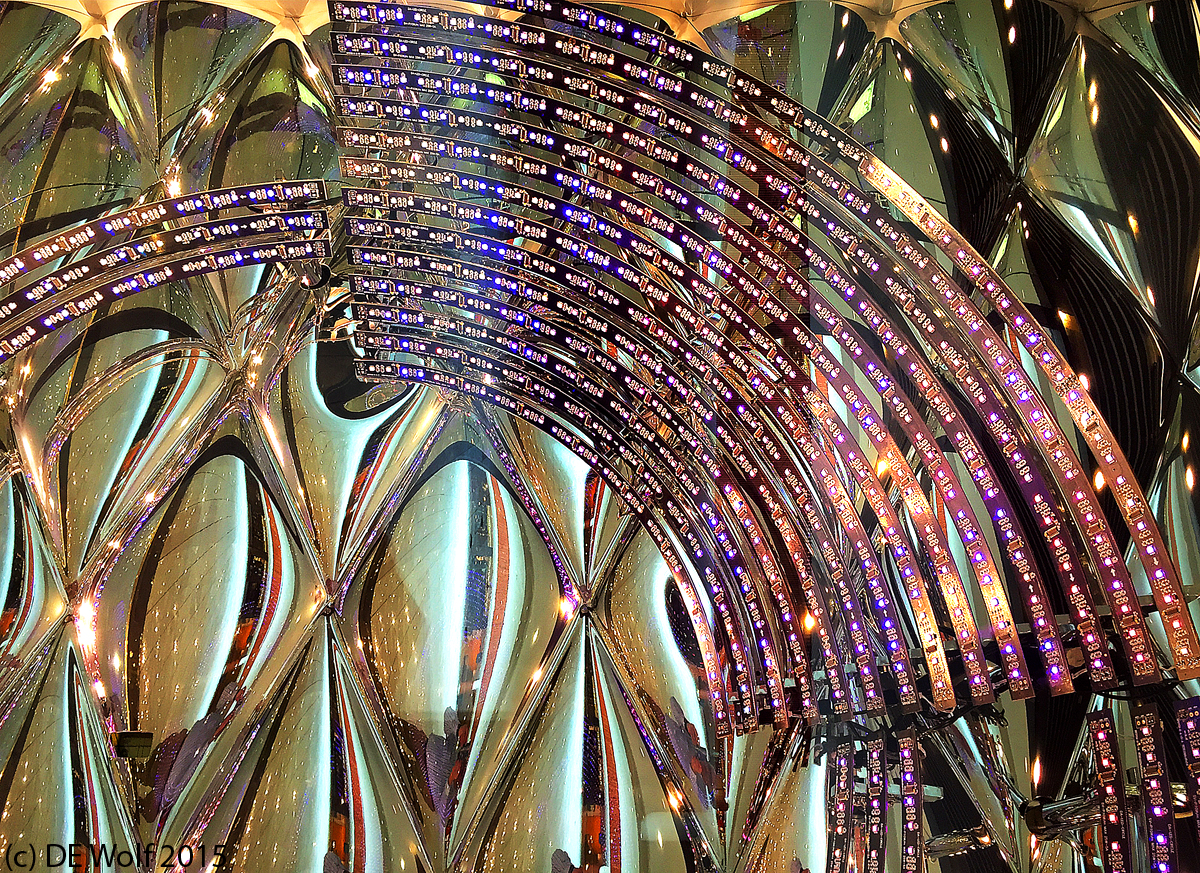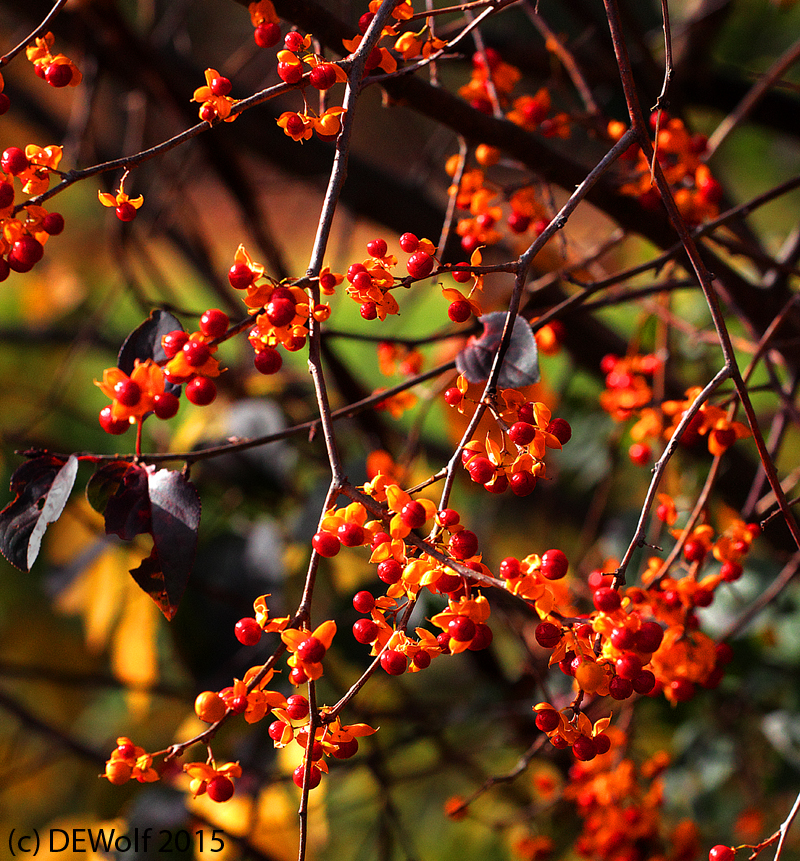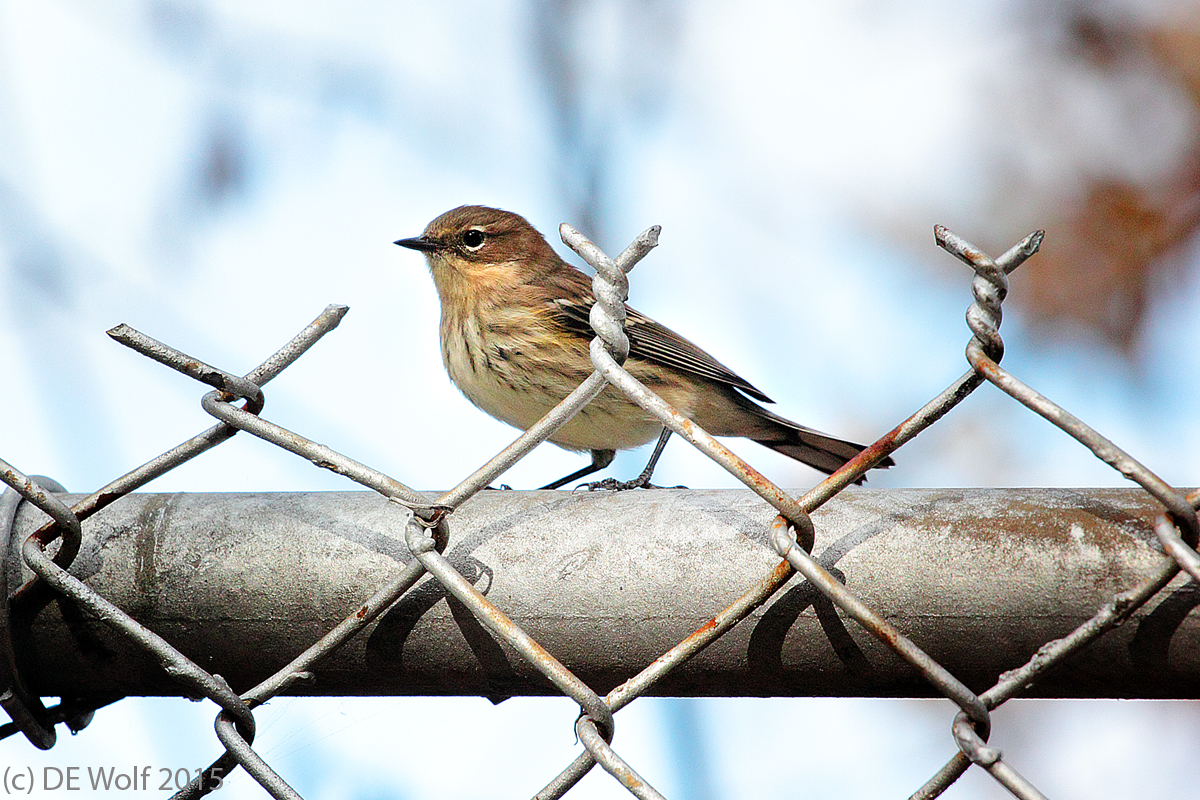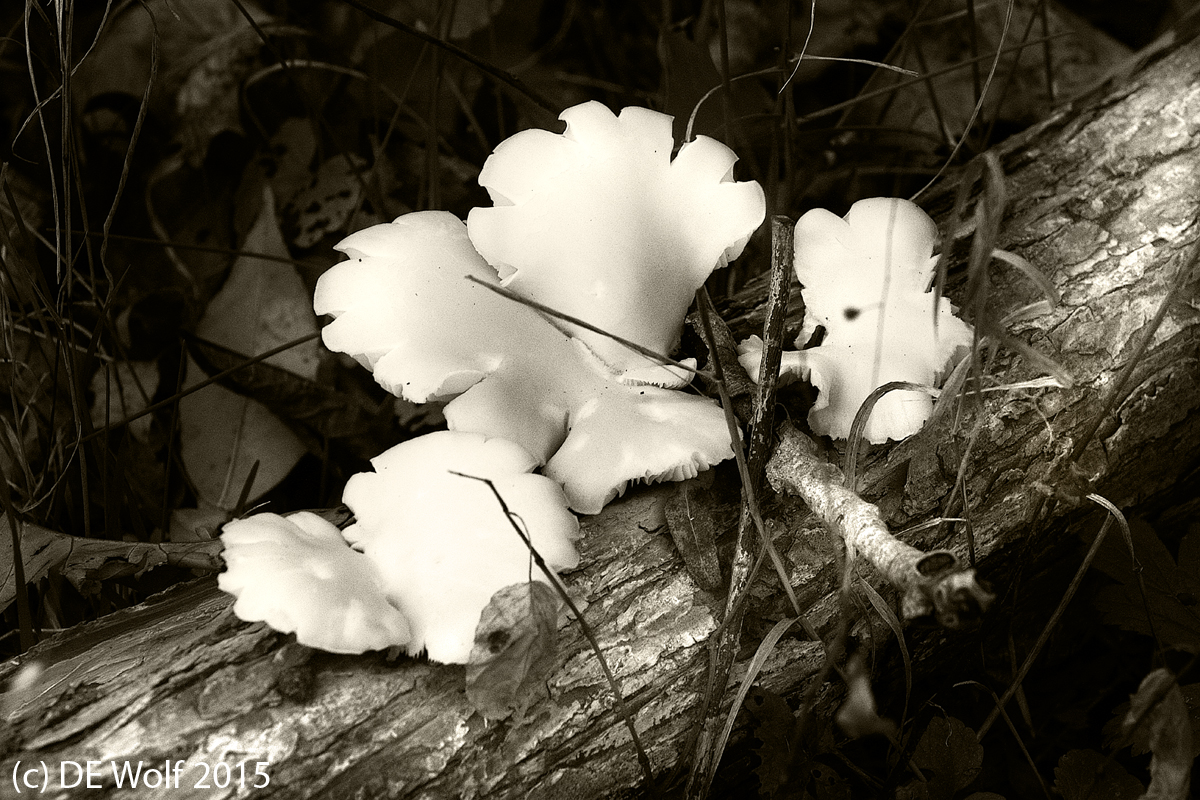
Figure 1 – “Razzle dazzle em’,” IPhone photograph, Natick, Massachusetts. (c) DE Wolf 2015.
“Razzle Dazzle ’em
Give ’em an act with lots of flash in it
And the reaction will be passionate
Give ’em the old hocus pocus
Bead and feather ’em
How can they see with sequins in their eyes?”
Chicago, The Musical
Yesterday morning I was having my Saturday espresso when a saw a woman walking and holding the hand of a little girl in a leopard dress and ruby princess slippers. The woman was walking. The little girl was, in fact, hopping. And I realized that we could all use a lot more of that. We all need to hop a little. The world of children is filled with magic, and this little girl, indeed all of the children, that I saw were thoroughly delighted by the magic of the mall. They are so gleeful when they emerge into it. It is a combination of having devoted parental attention and the sounds, sights, size of everything around them. We need to be less serious have a little less substance and more art in our lives.
We have spoken before about the magic of photography. Photography is intrinsically magical. It was magical to watch the image appear in the developing tray and it was magical to be handed little packages of frozen moments. You have to ask yourself whether any of that magic is lost today in the age of digital photography. I would suggest that the magic is different but still there. The image is only latent on the sensor for a very short time before it is transferred into some file format. But magically it can be retrieved, and it can be retrieved as often as you want as well as transformed into other file formats, displayed on computer or phone screen, or even reproduced in minutes onto paper. Yep, it is all pretty magical.
So yesterday I went looking for some photographic magic at the mall. I wanted to see the sequins in the eyes of a child. And I found it in the razzle dazzle of a window display. And just to complete the magic look closely at all of the little control circuits and the LED lights. Therein, lies the magic of our modern technology.









